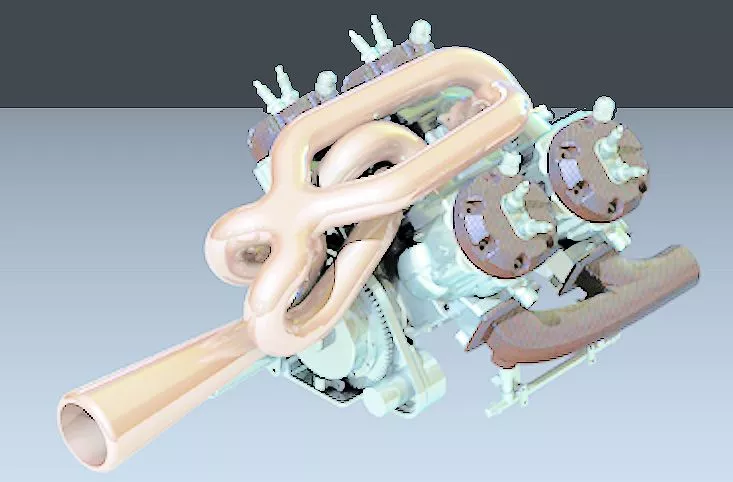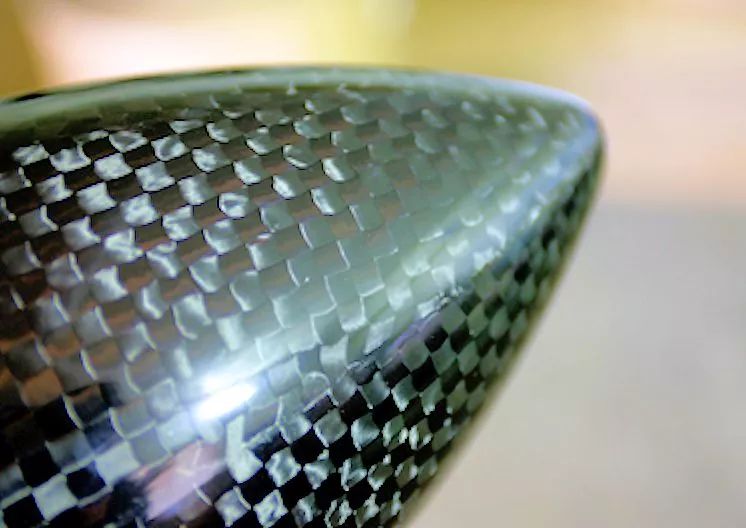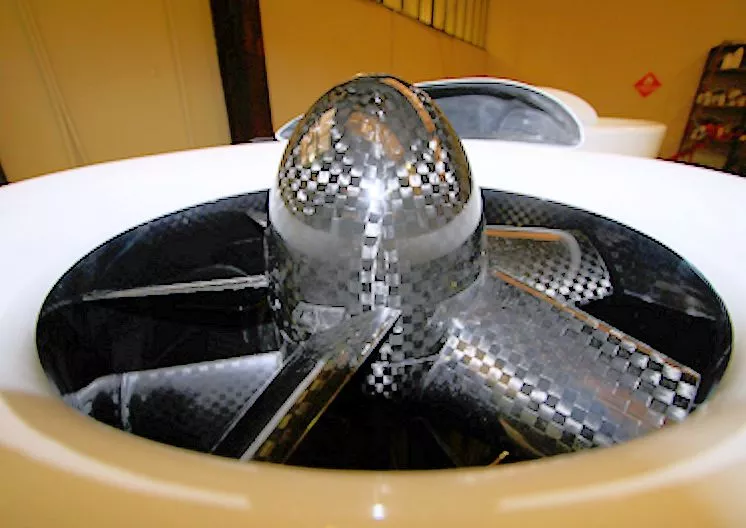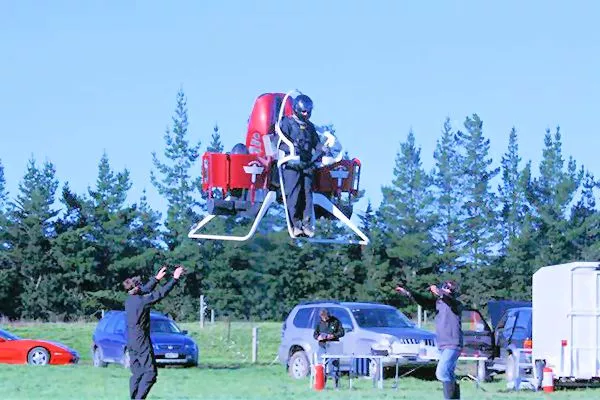The Martin Jetpack being developed by Martin Aircraft Company in New Zealand has undergone a major design overhaul. Reemerging as the P12 prototype, the ducted-fan personal VTOL is fully certified for manned test flights as a Class 1 microlight. The first commercial sales, now expected in mid-2014, will be for first responder applications, such as rescue, fire, and police missions. According to the company, sales to individuals will follow shortly after the initial models are vetted in field use.
Glenn Martin, founder of the Martin Aircraft Company, has been actively developing the Martin Jetpack for over 30 years and the P12, as the name suggests, is the 12th prototype. Initially working at night in the family garage on a budget of NZ$20 per month, the first serious attempts to bring the Jetback to market began in 2010. With the unveiling of the P12 it seems Martin's vision is now almost ready to leap into production.

The P12 prototype, shown above during a flight test, is described by Martin Aircraft Company’s CEO, Peter Coker, as a “huge step up” from the previous prototype. “Changing the position of the jetpack’s ducts has resulted in a quantum leap in performance over the previous prototype, especially in terms of the aircraft’s maneuverability,” says Coker.
Current performance numbers include a maximum airspeed of 74 km/h (46 mph) with normal cruise speed a more sedate 56 km/h (35 mph). A full tank of premium gas (with added oil) will keep the lucky pilot aloft for 30 minutes, during which time the Jetpack can travel about 30 km (20 mi). At its rated takeoff weight of 330 kg (725 lb), the ducted fans can supply an excess 50 kg of thrust, resulting in snappy changes in altitude.
The Jetpack's ceiling is 3000 ft (900 m), and it is recommended for operation above 500 ft (150 m) to give the safety systems (including a rocket-deployed ballistic parachute) plenty of time to function. The 95 dB noise level is significant (think loud vacuum cleaner) as you will experience in the video below, calling for hearing protection for the pilot in addition to helmet, neck restraint, boots, and fireproof suit.
Martin's present focus is to further refine and improve the jetpack's performance before releasing it for commercial sales. In particular, Martin is altering the engine design to extend the time between required overhaul from the present 200 hours. Planned modifications include improving the crankshaft design by going to a single piece crank.

The engine is a bespoke design for the Jetpack, with a 2.0 liter displacement that tops out at 200 hp (150 kW) and 180 ft-lb (245 Nm) of torque. Based on a V4 two-stroke design, the weight of the engine was reduced through careful engineering to 60 kg (132 lb). The size of the engine is a tiny 0.5 x 0.45 x 0.3 m (20 x 18 x 12 in).
For comparison, a high-performance 2.0 liter, 200 hp four-stroke automotive engine from Weber Motor weighs 75 kg (165 lb) and measures 0.5 x 0.5 x 0.45 m (20 x 20 x 18 in). The new engine is expected to be installed in the P12 prototype before the end of the year.
While the Martin Jetpack will qualify as a microlight aircraft in much of the world, this is not the case in the US, as it is too heavy. It will be a light sport plane, and as such a Sport Pilot's license will be needed to fly the Jetpack. Although not required by law, Martin also offers a training course that would be a very good idea to include in one's preparations for the first Jetpack flight.
While Martin hopes eventually to sell its Jetpack for $100,000 (plus shipping, duties, and taxes) in the US, the initial price is expected to be more in the $150-200K range. The company is currently accepting inquiries from commercial customers and prospective early adopters can secure an secure an "early production position" with a $5000 deposit. While the practicality of the Martin Jetpack for a private pilot may be questionable, the bragging rights will be enormous!
Source: Martin Aircraft Company













